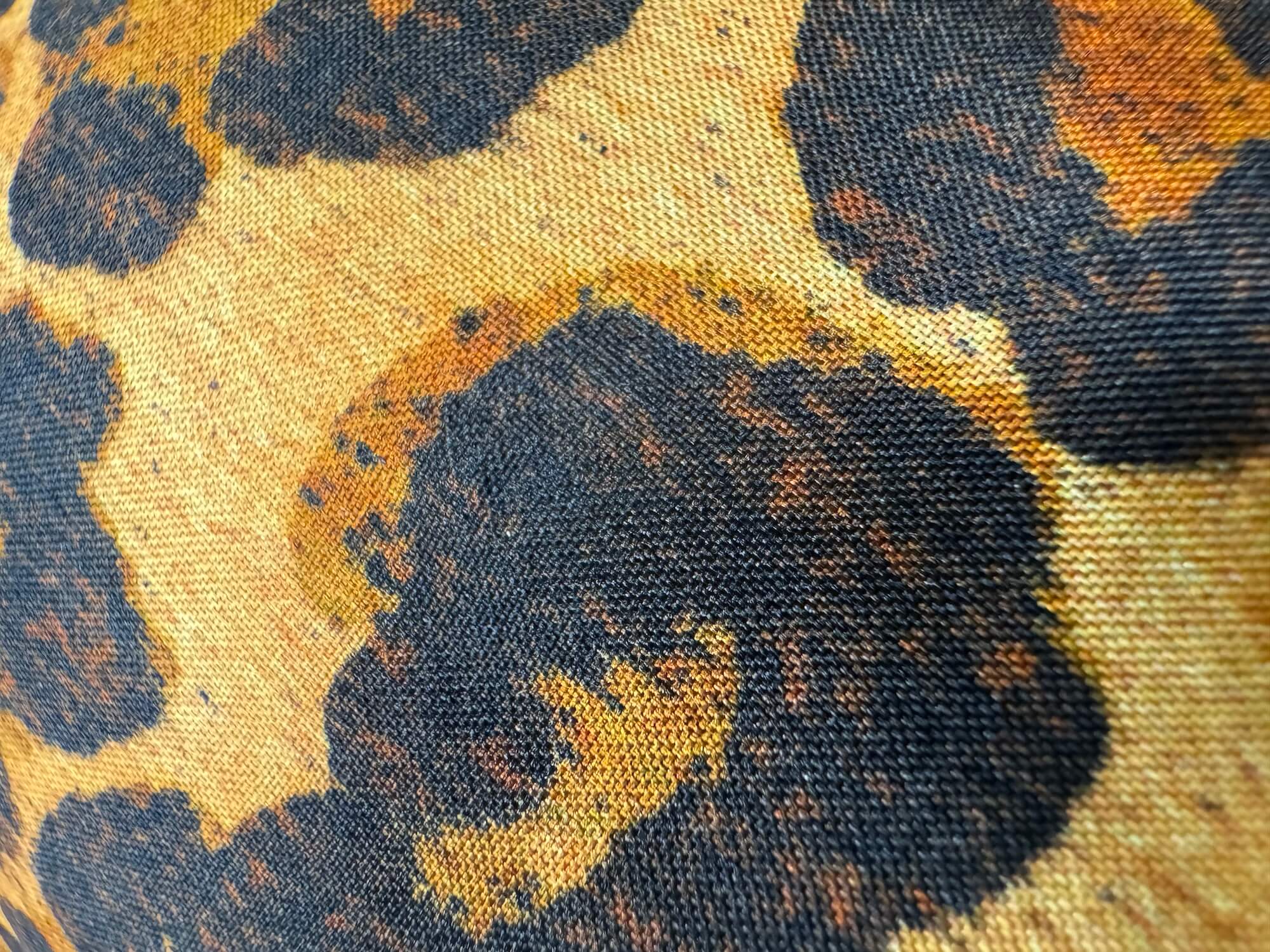For too long, many of us have dimmed our light to fit into spaces that were never meant to contain us. We learned to be “good,” to be quiet, to take up less space.
We learned to survive.
But survival energy isn’t always loud or chaotic. It doesn’t just show up in emergency mode or dramatic breakdowns. More often, it’s subtle. It looks like functional, capable, responsible — while inside, you’re exhausted from endlessly managing perceptions, expectations, and disappointments.
Survival energy is:
- Smiling when something inside you wants to scream
- Saying “It’s fine, I’ve got it” when no one has you
- Mistaking peacekeeping for peace
- Being praised for being “so strong” when you’re secretly tired of being unbreakable
If you’ve ever wondered, “Why do I feel so stuck when I’m doing everything right?” — that’s survival energy.
12 Signs of Survival Energy
The characteristics of survival energy are subtle but profound:
- Constantly seeking approval before making decisions
- Apologizing for taking up space or having needs
- Hiding your true thoughts and feelings to keep peace
- Putting everyone else’s needs before your own
- Fear of being “too much” or “not enough”
- Feeling powerless
- Lacking confidence in your decisions
- Feeling “stuck” or “too late”
- Unshakeable regret or self-blame about past experiences
- Thinking you don’t belong or haven’t “earned” your blessings
- Experiencing guilt for our true feelings
- Feeling discontent or uneasy with being alone
REFLECTION QUESTION:
Out of the 12 signs of survival energy, which ones feel uncomfortably familiar?
Which ones sound like who you were — and which ones sound like who you still are?
The Hidden Cost of Living in Survival Energy
When you sacrifice your higher needs to survive, you sacrifice more than just your authentic expression.
You give up:
- Your intuition and ability to trust your inner knowing
- Your creative energy and spontaneity
- Your boundaries and ability to protect your peace
- Your connection to desire — the part of you that wants, not just endures
You don’t just suppress pain — you suppress possibility.
Survival mode is resourceful. It keeps you alive. But it was never meant to be your permanent address.
The Journey to Becoming Rewilded
The word “wild” often gets a bad rap. We hear “wild woman” and picture reckless, unhinged chaos.
But “wild” originally meant natural.
That is how a woman feels when she has released survival energy and returned to her truth — natural, unguarded, instinctual, deeply self-honest.
She no longer performs. She inhabits.
She remembers she was meant to:
- Expand and adapt
- Trust her intuition
- Express her voice
- Take up space unapologetically
- Explore her creativity freely
How to Shift Out Of Survival Energy
Survival energy was never meant to be your permanent home — it was meant to be a temporary shelter.
Survival energy teaches you how to endure — but rewilding teaches you how to live.
GET TO KNOW YOUR TRUE SELF (EVEN THE SHADOWY PARTS)
Most people try to kill their shadow. But your shadow doesn’t disappear—it adapts. If ignored, it leaks through your tone, your silence, your self-sabotage.
Shadow work isn’t about destroying your darkness. It’s about understanding what it’s been protecting all this time. The invitation is for you to listen deeply.
START WITH SELF-RECOGNITION
Begin by acknowledging the beliefs you installed to survive yourself. Notice when you shrink, when you silence yourself, and when you choose safety over authenticity. Before you can change any feeling or way of showing up, you must notice it.
PRACTICE THE ART OF SAYING NO
Learn to say no to what doesn’t align with your truth. Every “no” to misalignment is a “yes” to self-loyalty.
HONOR YOUR INTUITION
Start small. Listen to the quiet whispers of your inner knowing. What does your body tell you? What does your heart want?
CREATE SPACE FOR EXPRESSION
Find places where you can be unfiltered.
Find safe spaces to practice being more of yourself. Start a journal, join a supportive community, or create art – anything that allows your true self to emerge.
Remember: you don’t need permission to be authentically yourself.
WITNESS YOUR WOUNDS + WORDS
One of the hardest challenges to overcoming trauma wounds is being able to say it out loud. To admit your truth to yourself and in safe spaces is the first step to recovery. After all, you cannot heal what you cannot witness.
Living A Rewilded Life
As you step into your rewilded nature, you’ll notice:
– A deeper trust in your own judgment
– More energy and creativity
– Stronger, more authentic relationships
– A sense of peace with who you truly are
Survival mode is a shelter, not a home. You were meant to be wild, free, and fully expressed in your truth.
Your journey to rewilding is not about becoming someone new — it’s about returning to who you’ve always been. It’s about remembering that like the ocean, you can be both powerful and gentle, fierce and nurturing. You contain multitudes, and every part of you deserves to be expressed.
If reading this post stirred something in you, it means your wild self is still alive. That spark is the beginning.

12 Questions Worth
Asking When You
Feel Stuck
A Journaling invitation